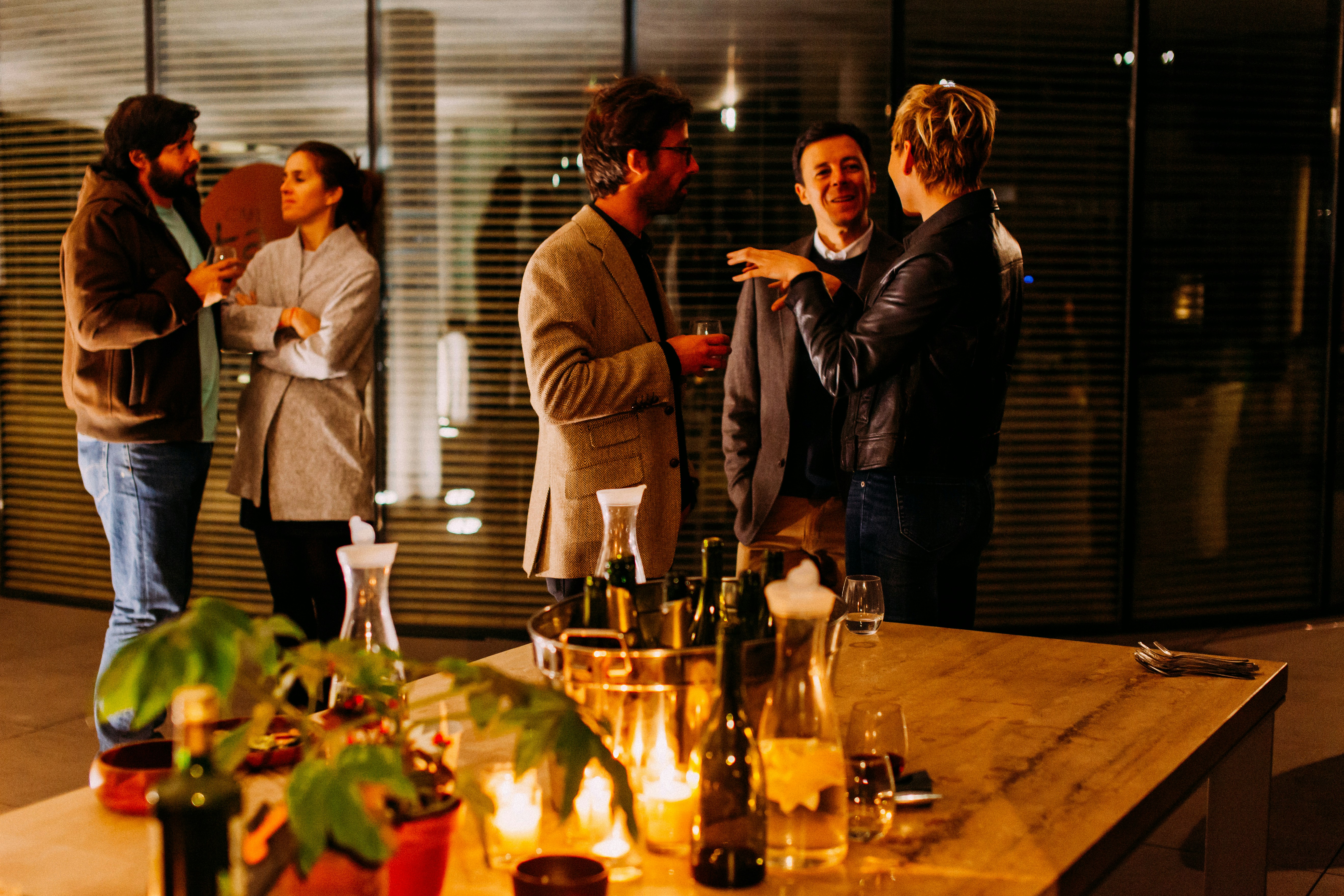
Pop-Up Networking Events Spark Unexpected Community Collaborations
Organizers create pop-up networking events that bring people together in unexpected places, such as cozy coffee shops, lively rooftops, or vibrant art galleries. By choosing unique venues, they encourage professionals, artists, and community leaders to mingle in a relaxed atmosphere that sparks fresh conversations. These short gatherings offer a break from routine meetings, giving attendees the chance to meet new faces and discover shared interests. As participants chat and exchange ideas, they often find unexpected opportunities to work together. Many who attend these pop-up events walk away with new contacts, creative inspiration, and collaborations that might not have happened elsewhere.
Advertisement
At a recent event in a renovated warehouse, designers teamed up with nonprofit coordinators to start a mural project on a city block. In another case, a small bookstore opened its doors for a pop-up talk, and writers found a local print shop ready to publish their first anthology. These moments show how flexible, friendly gatherings can bridge gaps and start community projects.
The Growth of Pop-Up Networking Events
Small teams and grassroots groups began organizing pop-up gatherings when they saw that traditional conferences felt too formal. They wanted a relaxed environment where people could share ideas immediately. News spread through social media platforms like Eventbrite and Meetup, and soon dozens of cities hosted their own versions.
Organizers often pick unexpected venues to grab participants’ attention: an empty storefront, a public plaza, or a community garden. By keeping the schedule loose, hosts maintain a lively atmosphere and allow connections to happen naturally. Attendees arrive curious and leave with new contacts—and often a common goal to address local issues.
Benefits for Local Participants
Business owners see pop-up events as a low-risk way to reach new audiences. A café owner might meet dozens of potential customers in one evening, then keep their interest alive through a weekly newsletter. Creatives meet sponsors who fund their next project, and civic groups find volunteers quickly.
City leaders also notice improvements. When residents and entrepreneurs share their views face-to-face, they find solutions for neighborhood problems—whether it’s traffic, park maintenance, or after-school programs. Trust builds faster when people talk directly, especially in an informal setting where everyone feels comfortable.
Planning and Hosting Successful Pop-Up Events
Choose a theme that connects with your community. It could focus on sustainable urban design, food innovation, or local art displays. Make sure your invitations clearly state the theme, and decorate your venue to match that idea. A green roof garden works well with environmental topics, while a vintage café suits storytelling or literary meetups.
Create a schedule that balances structure and freedom. For example, start with a quick icebreaker—ask everyone to name one neighborhood challenge—and then let participants explore. Serve light snacks to encourage mingling. Finally, collect feedback at the end to learn which pairings or discussion topics generated the most interest.
Ways to Promote Collaboration
- Pair participants with different backgrounds, such as a tech entrepreneur and a social worker. This contrast often sparks new ideas.
- Set up a “project wall” where attendees can pin notes about collaboration opportunities—like co-hosting a workshop or launching a podcast together.
- Provide quick “workspace corners” with whiteboards or sticky notes. Small groups can gather for five- or ten-minute brainstorming sessions.
- Follow up with an email within 24 hours that includes everyone’s contact information and key ideas discussed during the event.
- Invite a facilitator to lead small group discussions, keeping conversations productive and focused without taking over the flow.
Tracking Success and Growth
- Count new connections: Track how many business cards, email addresses, or social media profiles attendees exchange during the event.
- Follow up on next steps: Identify meetings, phone calls, or joint projects that result from initial contacts made at your pop-up event.
- Ask participants three simple questions—What did you accomplish here? Who did you meet? What could make the next event even better?
- Check social media activity: Count posts, shares, or event hashtags used within a week after your gathering.
- Note real outcomes: Record any collaborations launched, such as co-hosted workshops, community art projects, or neighborhood cleanup events.
Hosting short, lively meetups in unexpected places encourages lasting collaborations among local professionals and community leaders. These events often lead to projects that improve neighborhoods. Consider hosting your own pop-up event to build new partnerships.
Advertisement